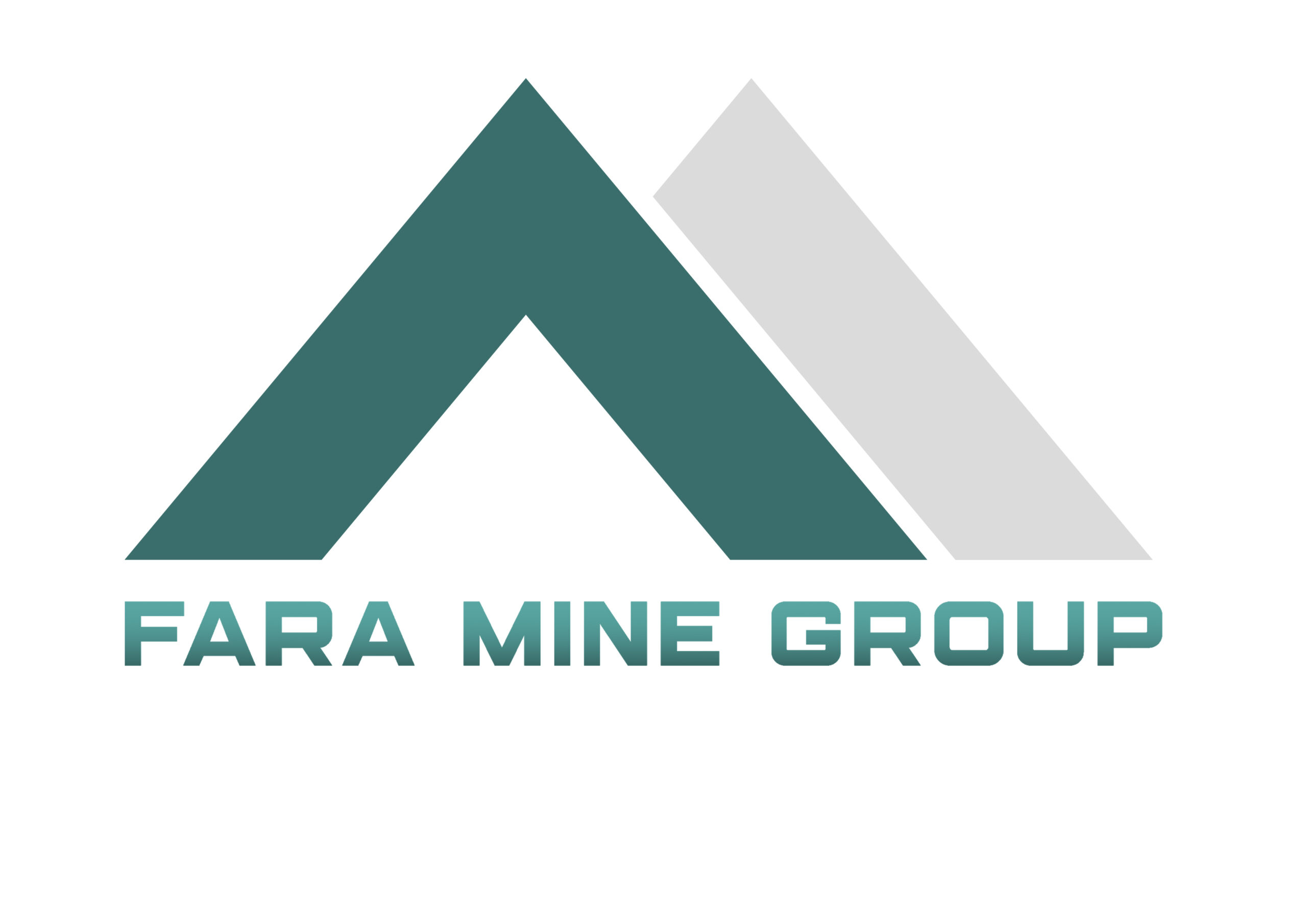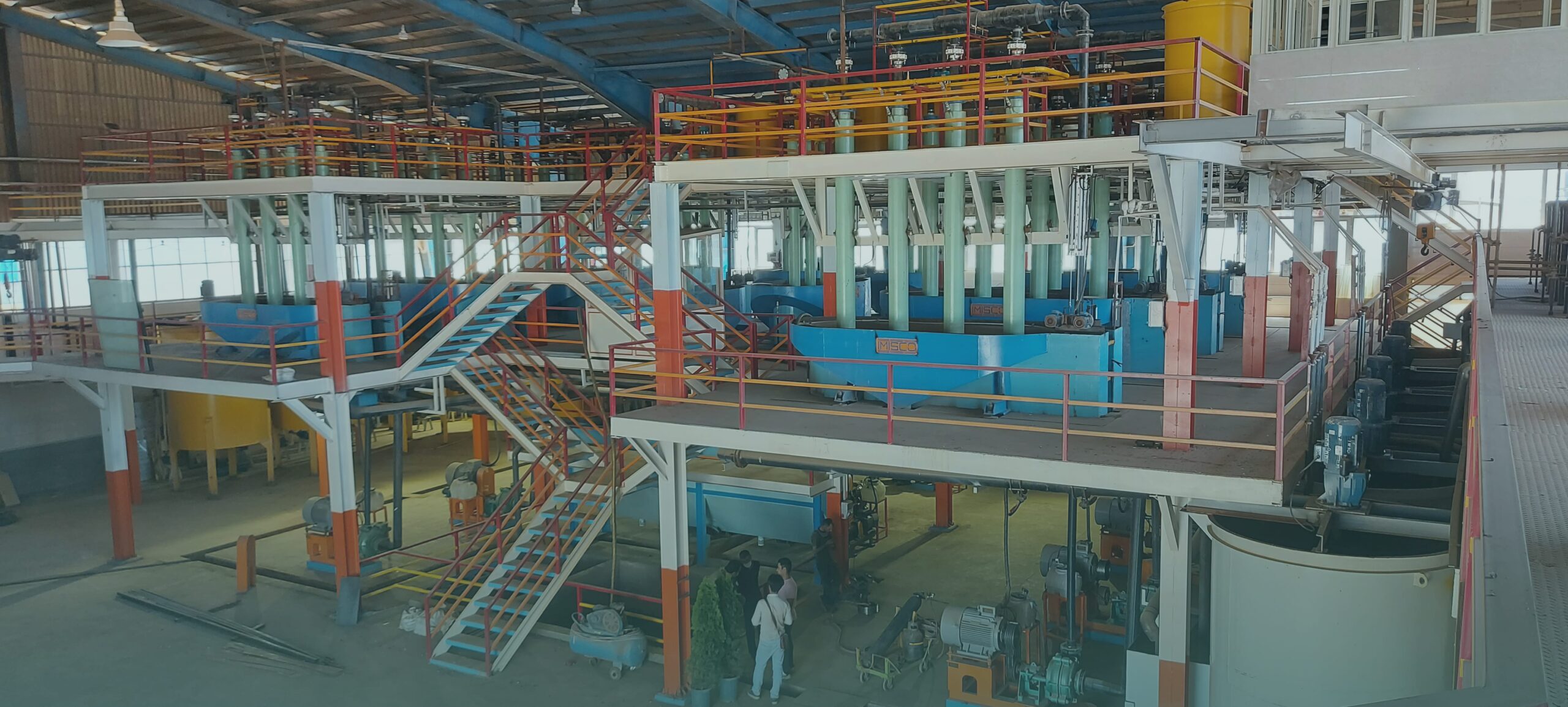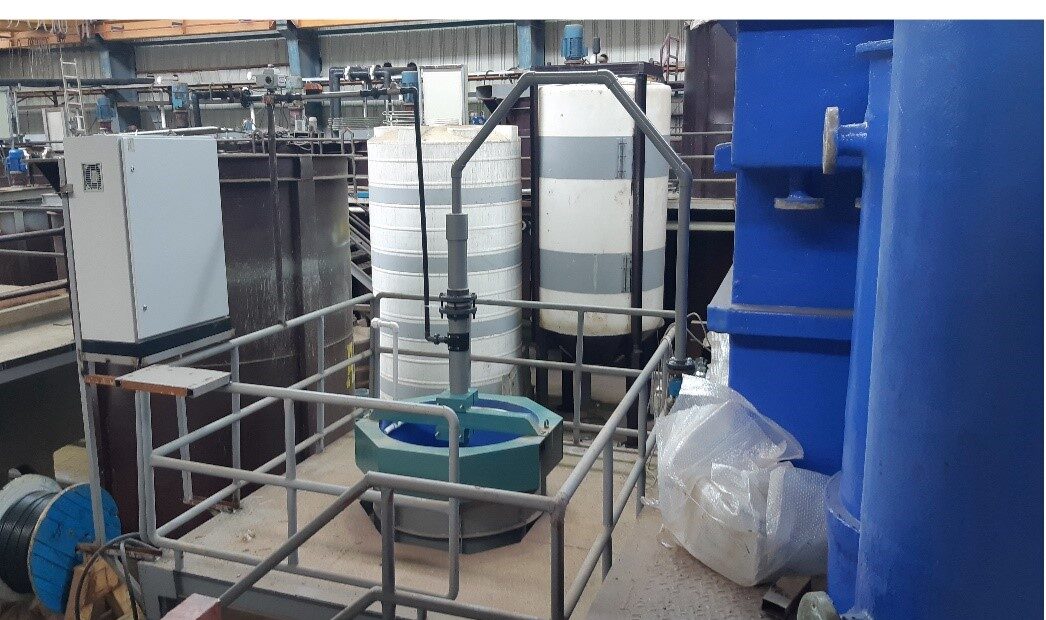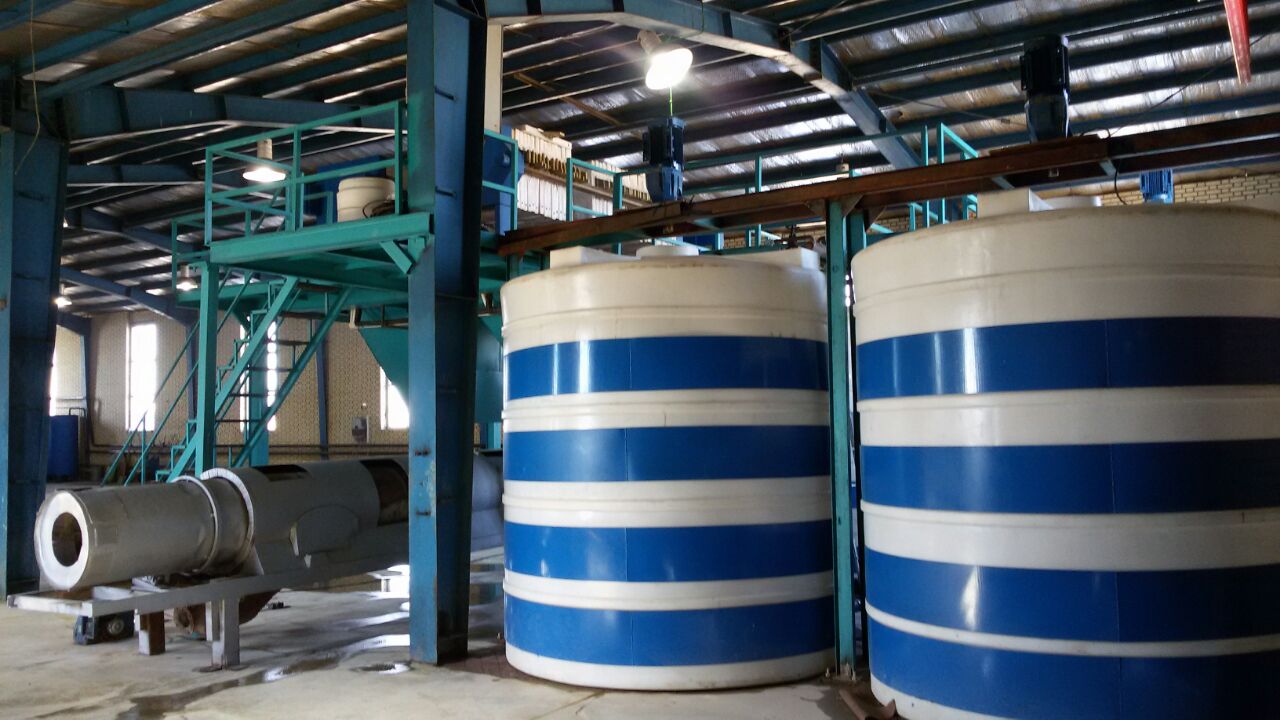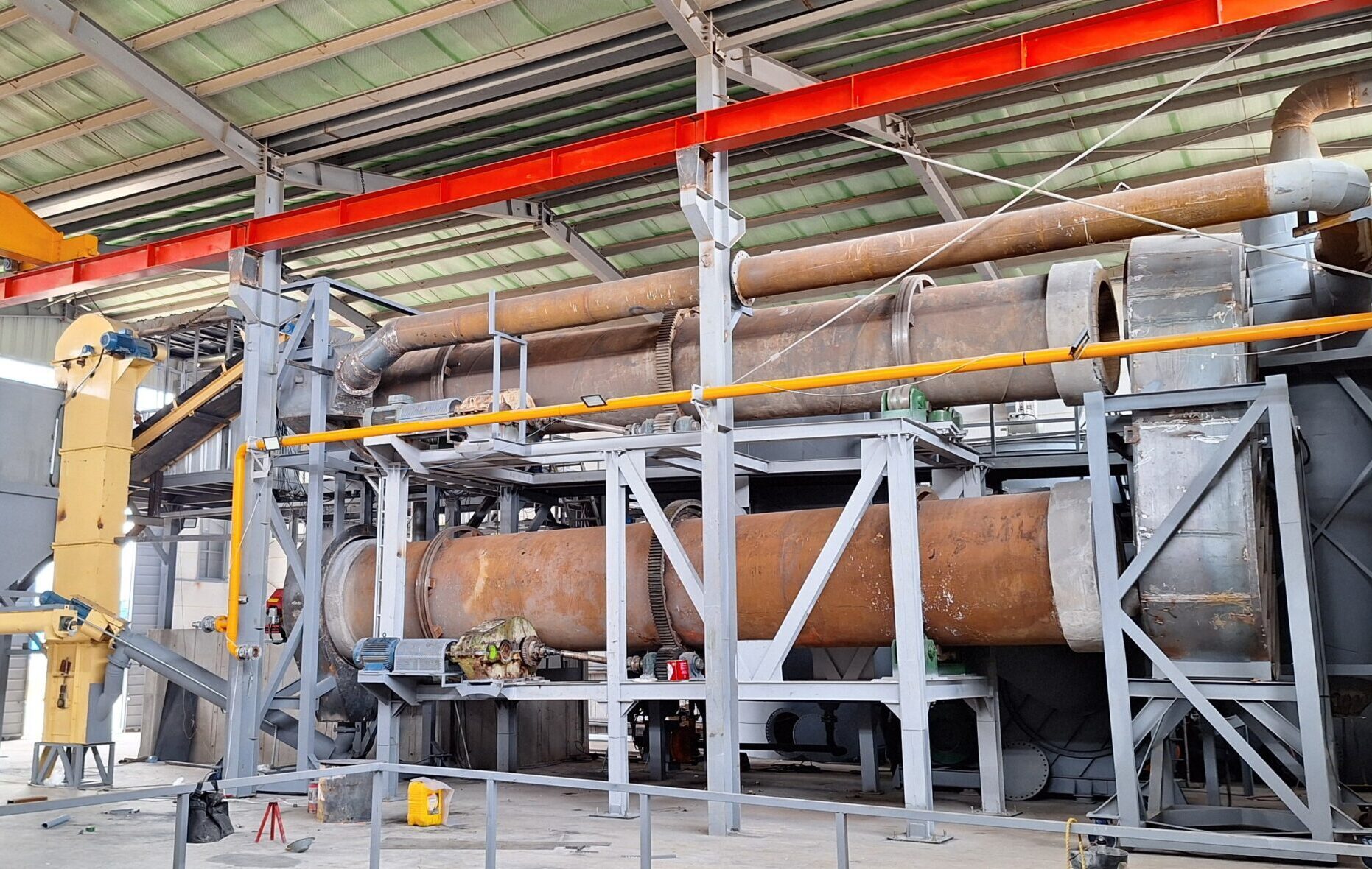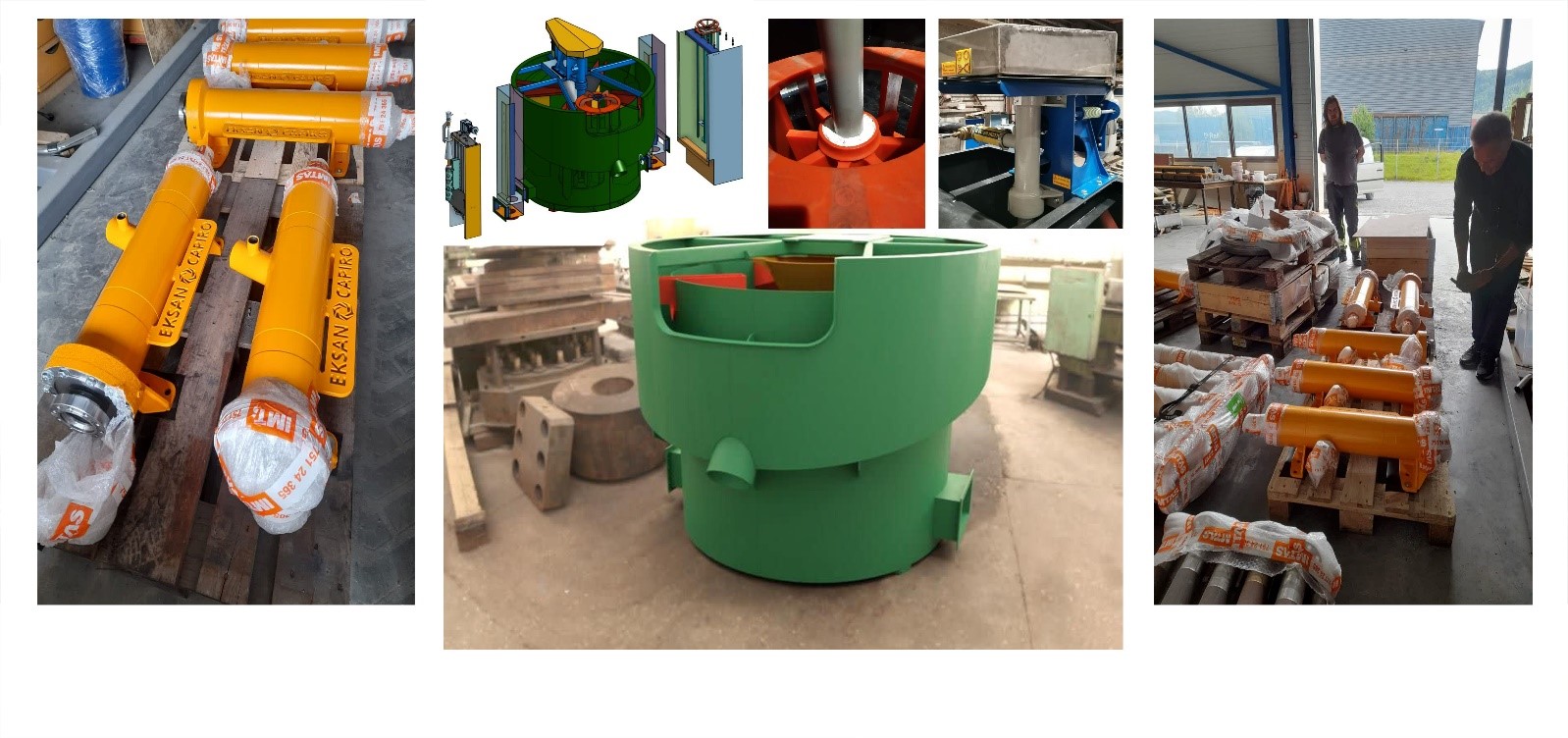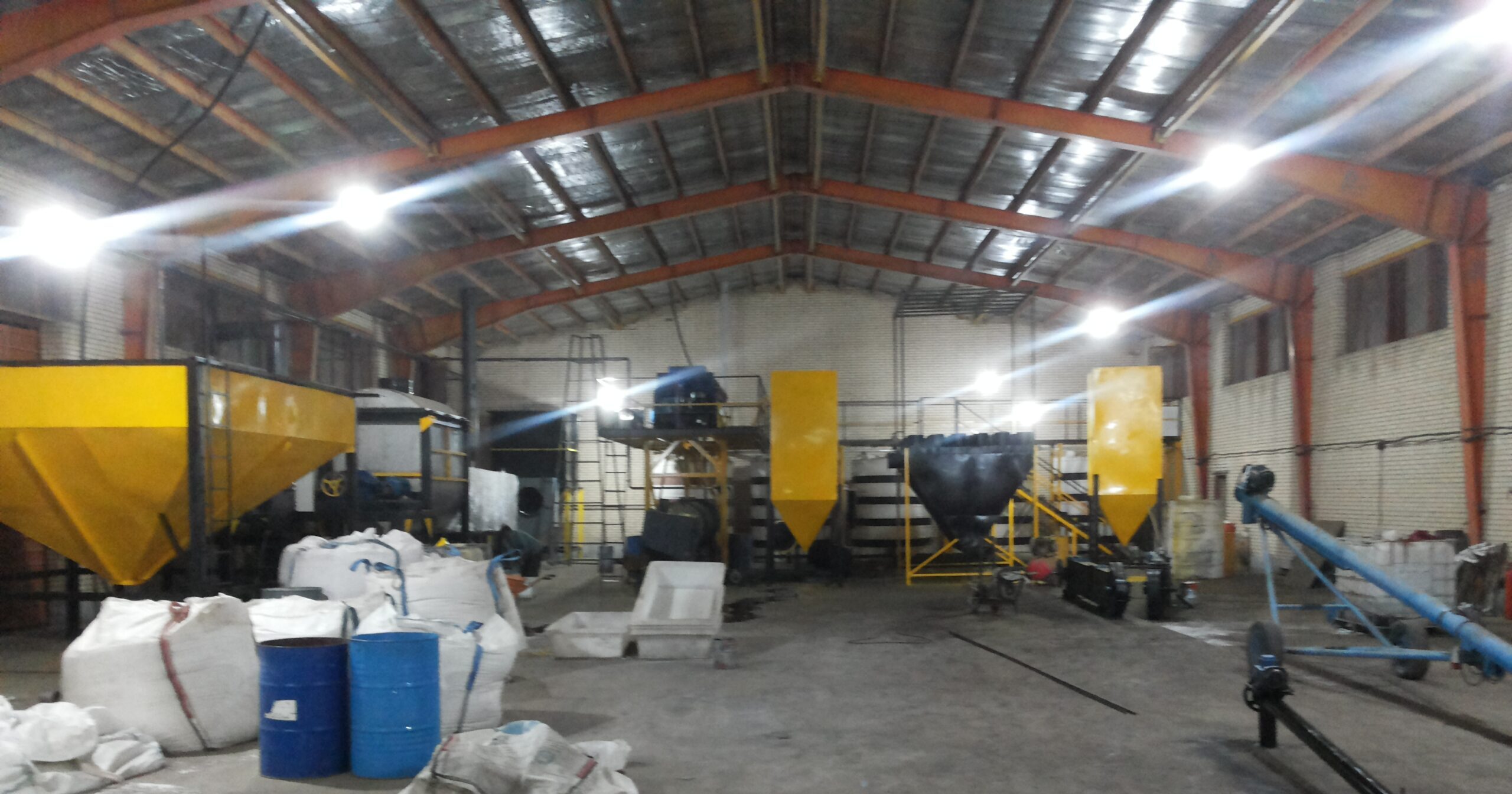Cyanidation and Gold Extraction
Gold cyanidation, also known as the MacArthur-Forrest process, is a hydrometallurgical method used to extract gold from low-grade ore by converting the gold into a soluble coordination complex.
Chemical Reaction:
The chemical dissolution reaction of cyanide gold is represented by the Elsner Equation as follows:
4Au(s)+8NaCN(aq)+O2(g)+2H2O(l)→4Na[Au(CN)2](aq)+4NaOH(aq)4 \text{Au(s)} + 8 \text{NaCN(aq)} + \text{O}_2 \text{(g)} + 2 \text{H}_2 \text{O(l)} \rightarrow 4 \text{Na[Au(CN)}_2\text{](aq)} + 4 \text{NaOH(aq)}4Au(s)+8NaCN(aq)+O2(g)+2H2O(l)→4Na[Au(CN)2](aq)+4NaOH(aq)
The product of this process is the complex ion [Au(CN)2]−[Au(CN)_2]^-[Au(CN)2]−.
For the chemical analysis of gold ores, the gold-bearing mineral sample is first ground using specialized crushing and milling equipment to a size of 45 microns. The ground sample is then digested for 24 hours at room temperature with a combination of distilled water, sodium cyanide, and pH adjusters, and subsequently filtered. The next step involves assay using atomic absorption spectroscopy and standard solutions.
The Faramine Asia Mineral Processing Laboratory also offers acid digestion services. Since aqua regia can dissolve phases other than gold, laboratory results from aqua regia tests are generally higher compared to cyanide tests. This is because cyanide digestion only dissolves oxidized gold phases, while aqua regia can dissolve both oxidized and sulfide gold phases. One notable advantage of cyanide digestion over other methods is the minimal difference between laboratory results and industrial efficiency. Cyanide digestion is closest to the industrial method for processing oxidized ores, as it is the standard industrial method for leaching oxidized ores globally.
